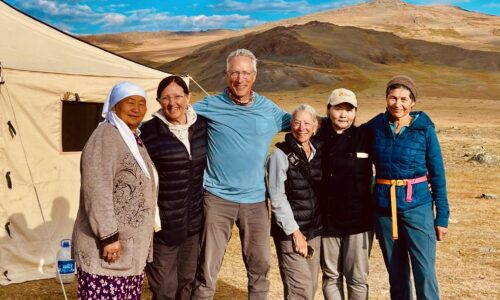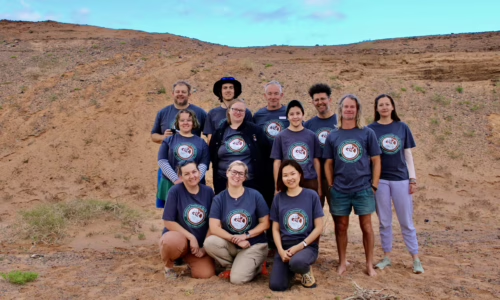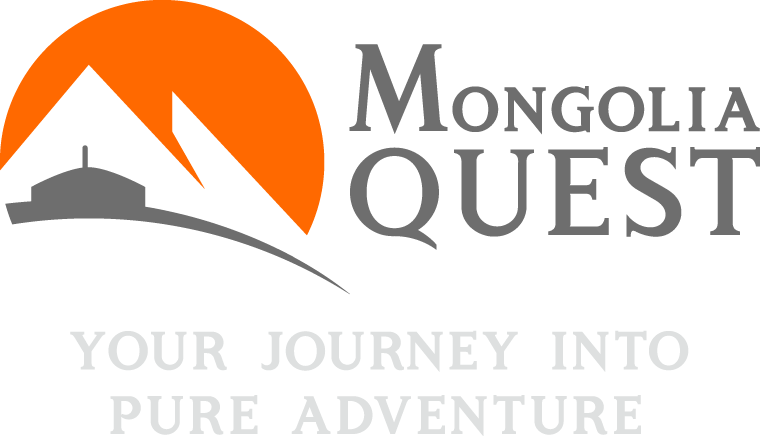Home to 128 native mammal species, 476 native birds, and 24 reptile and amphibian species, Mongolia is a haven for biodiversity. But protecting it requires a new kind of traveler and a new kind of tourism. One rooted in ethics, respect, and long-term conservation.
So, what does that look like in practice? And how can visitors play a role in protecting the places they love to explore?
Mongolia's Bold Vision on Conservation
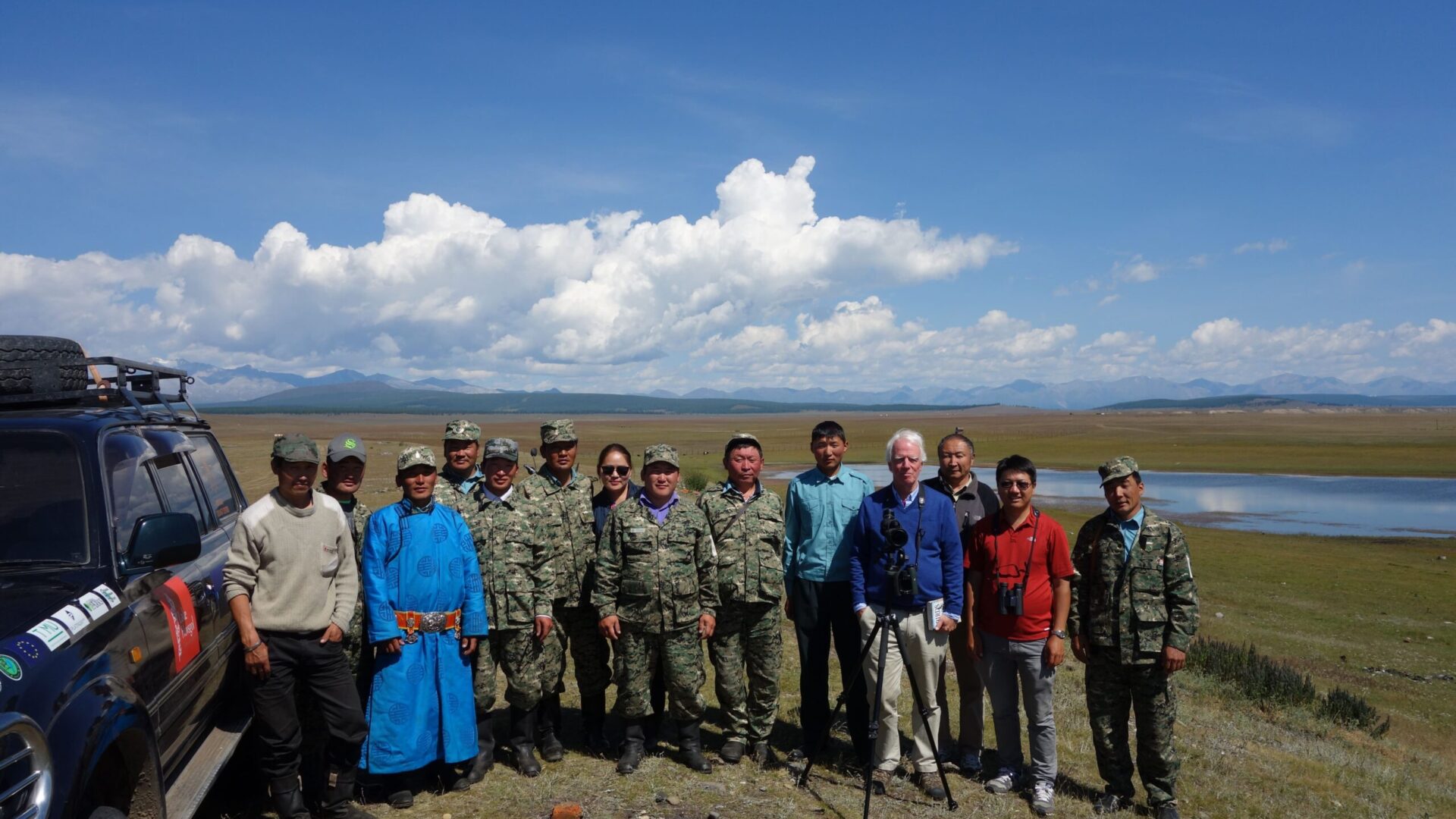
Today, 21% of Mongolia’s land is officially protected across 41 state-designated areas. That figure is set to rise. In April 2024, the Government of Mongolia launched Eternal Mongolia, a landmark conservation initiative in partnership with The Nature Conservancy, local herding communities, and the Enduring Earth collaboration. Its goal? Mongolia aims to protect 30% of its land and waters by 2030—a goal originally proposed by former President Ochirbat during a 1992 UN meeting—aligning with the global ’30×30′ conservation target.
This ambitious plan blends biodiversity protection with sustainable development. It recognizes that safeguarding the country’s steppes, mountains, and wetlands also means supporting the people who depend on them. Mongolia’s path forward lies in collaborative, landscape-scale conservation that is as inclusive as it is impactful. This national commitment is being brought to life on the ground by dedicated organizations and individuals.
Conservation Leaders in Mongolia
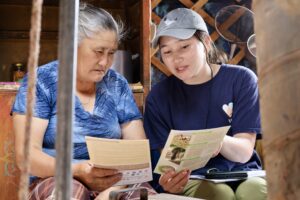
Photo credit goes to WCS Mongolia
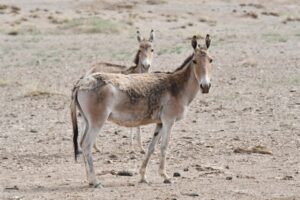
Photo from WCS Mongolia’s article. Read the full story here: https://programs.wcs.org/mongolia/About-Us/News/articleType/ArticleView/articleId/22736/Dzuds-Devastating-Impact-How-Mongolias-Wildlife-Struggles-in-Extreme-Winters.aspx
WCS Mongolia
For over two decades, WCS Mongolia has been a cornerstone of conservation in the country. Their science-based approach focuses on key regions like the Eastern Steppe and South Gobi, where they work to maintain wildlife corridors, reduce illegal hunting, and promote coexistence between people and wildlife.
In 2024 alone, WCS-supported community rangers patrolled more than 4,000 kilometers, helping protect over 2,700 km² of land managed by local households. Tools like the SMART (Spatial Monitoring and Reporting Tool) system have helped rangers track illegal activity, with dramatic results: in some areas, incidents of poaching have dropped to zero.[ Read their full 2024 impact report here]
WCS Mongolia’s work goes beyond enforcement. By empowering herder communities, supporting climate adaptation, and restoring degraded habitats, they are helping threatened species like the snow leopard, khulan, and saiga antelope survive in a changing world.
These projects prove that ethical tourism and wildlife protection can go hand in hand.

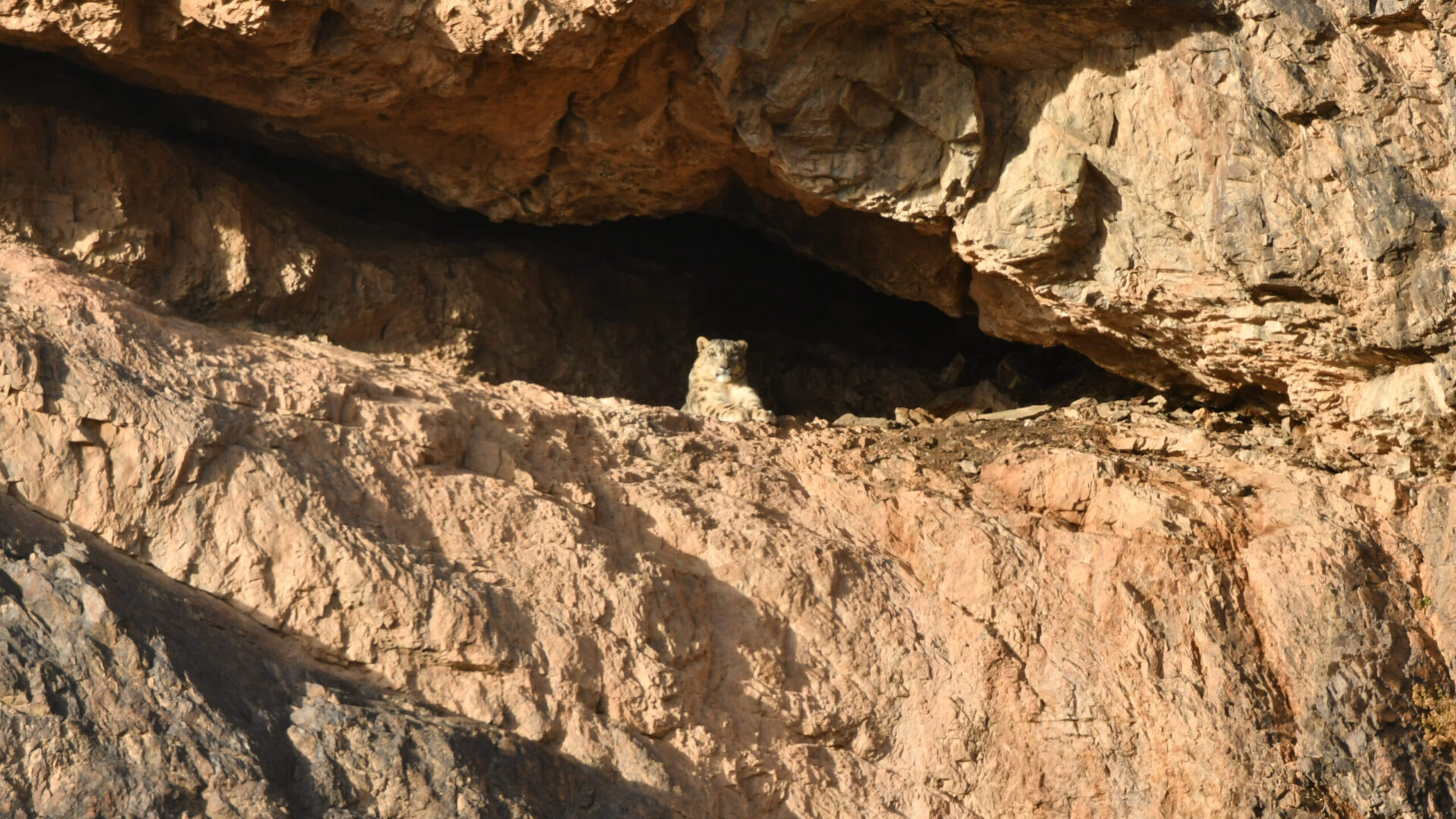
Snow Leopard Trust
High in Mongolia’s Altai and Gobi mountains, the Snow Leopard Trust (SLT) and its local partner, the Snow Leopard Conservation Foundation (SLCF), are leading the world’s longest-running snow leopard study.
Their impact is extraordinary. In partnership with local herders and government agencies, they helped establish Tost Tosonbumba Nature Reserve the first protected area created specifically for snow leopard conservation. Their approach combines science, education, and sustainable development. Programs include predator-proof corrals, livestock insurance, and eco-tourism training, as well as women-led enterprises that provide income and reduce retaliatory killings of wildlife.
Together, they have helped protect over 21,000 km² of snow leopard habitat proof that conservation and community development can go hand in hand.

Photo © The Mill Valley Film Group.
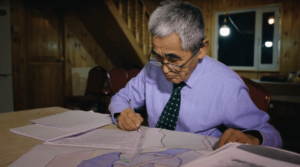
Batmunkh Luvsandash
Few stories illustrate the power of local action better than that of Batmunkh Luvsandash, a civil engineer-turned-environmental advocate from Mongolia’s southeast. After retiring from a career in mining and construction, Batmunkh was deeply disturbed by the environmental destruction he had witnessed firsthand. Motivated by a love for his homeland, he began a quiet but determined movement to protect it.
Working closely with local herder communities and applying his engineering background, Batmunkh led a multi-year grassroots campaign that resulted in the official protection of over 500,000 hectares of land in Dornogobi province’s Khovsgol soum. This vast area, rich in desert steppe ecosystems, cultural heritage sites, and endangered wildlife like khulan and argali, was placed under both local and national-level protection.
For over a decade, The Nature Conservancy Mongolia (TNC) supported Batmunkh’s efforts, providing technical assistance, scientific data, and capacity-building tools to help him map ecologically significant zones and advocate for formal conservation recognition. Batmunkh’s success is one of the country’s strongest examples of community-driven environmental stewardship supported by civil society organizations.
Learn more about his stories:
In 2022, the Mongolian government officially declared the 66,000-acre Khutag Uul, one of the key areas Batmunkh fought to protect. This area now serves as a critical refuge for native flora and fauna and lies adjacent to a larger local protected area he had helped secure earlier, together forming a meaningful conservation corridor in one of Mongolia’s most vulnerable regions.
For his courage and leadership, Batmunkh received the 2025 Goldman Environmental Prize, often referred to as the “Green Nobel.” His story is a powerful reminder that lasting conservation often begins with individuals who refuse to give up on the places they love.
He is one of three Goldman Prize winners from Mongolia. The other two are Tsetsegee Munkhbayar and Bayarjargal Agvaantseren. Munkhbayar led a grassroots movement that compelled the Mongolian government to halt destructive mining along the Onggi River, restoring vital waterways and empowering local herding communities. Agvaantseren spearheaded the creation of the Tost Tosonbumba Nature Reserve in the South Gobi Desert and successfully campaigned to revoke all mining licenses within its boundaries, an unprecedented victory for snow leopard conservation in Mongolia.
Why Ethical Wildlife Tourism Matters
Done wrong, wildlife tourism harms animals and habitats. Stress from drones, baiting, crowding, or off-road driving can lead animals to abandon breeding sites, alter behaviors, or flee from essential habitat.
Done right, however, it becomes a powerful tool for conservation and community resilience. Ethical wildlife watching helps:
- Fund anti-poaching patrols and habitat restoration
- Support rural livelihoods without ecological harm
- Turn travelers into long-term advocates for wild nature
What Ethical Wildlife Tourism Looks Like in Mongolia
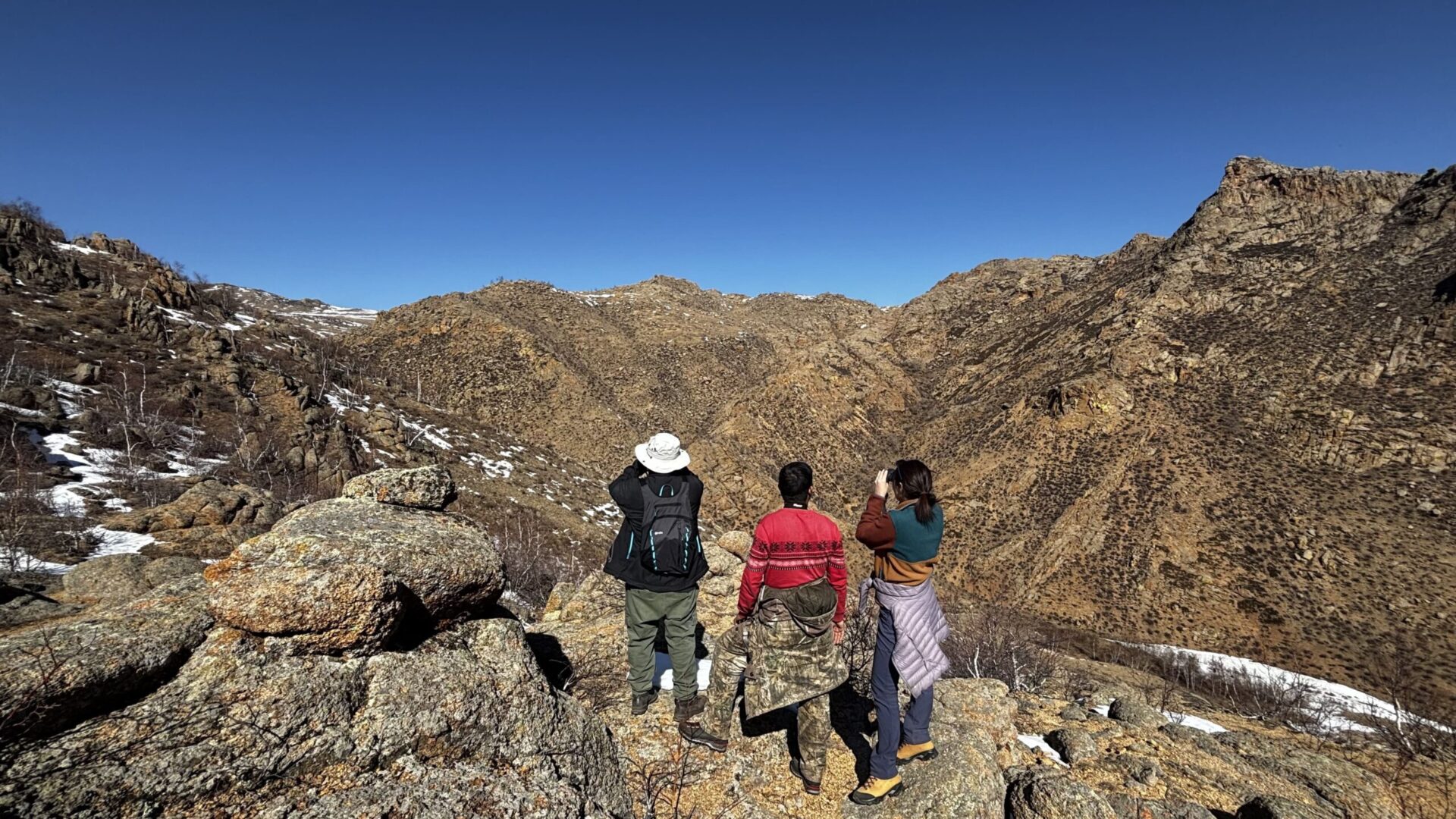
✔️ No Baiting or Staged Encounters
Animals are tracked using signs, camera data, and local knowledge—not manipulation or disturbance.
✔️ Led by Local Experts
Guides include Mongolian conservationists, biologists, and herders with deep ties to the land.
✔️ Small Group Sizes
Limits stress on animals and ecosystems, while offering richer, more intimate experiences.
✔️ Proceeds Fund Conservation
Tour revenues directly support research, ranger patrols, and habitat protection.
✔️ Community-Based Tourism
Guests stay in locally owned ger camps, ensuring benefits stay with herder families.
How to Be an Ethical Wildlife Traveler in Mongolia
Ask the Right Questions Before Booking:
- Is the tour guided by local or scientific experts?
- Are wildlife encounters natural, no baiting or handling?
- Does the tour contribute to conservation or local livelihoods?
- Are group sizes small and guidelines enforced?
And Once You’re There:
- Keep your distance. Respect animals’ space and silence
- Don’t geotag sensitive wildlife locations
- Stay in camps or lodges that follow sustainability practices
- Avoid any provider that tames or cages wildlife for tourists
- Check past traveler reviews, photos, and videos. Do they reflect respect or disruption?
Avoid blindly trusting “Best Wildlife Destinations” lists.
Instead, look for smaller, less-visited regions where you can minimize your impact while supporting genuine conservation work.
The Manul Photography Quest: A Model for Ethical Wildlife Tourism
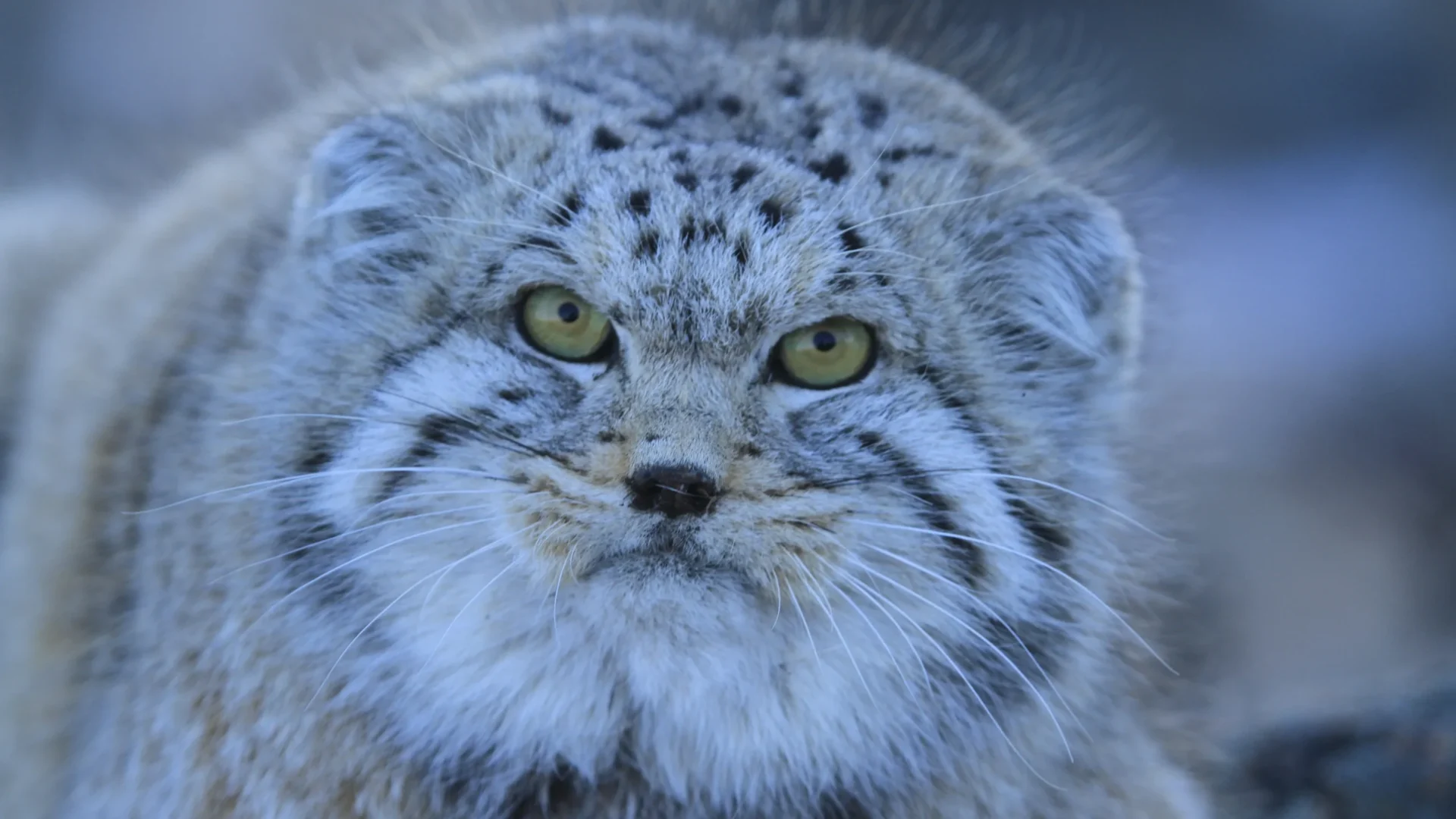
The Wildlife Adventure That Gives Back
Built on the DAMA Protocol (Document, Assess, Monitor, Act), this tour is designed for long-term conservation impact. The Manul Photography Quest is not your average wildlife tour, it’s a conservation-centered journey into the heart of Mongolia’s Eastern Steppe, designed in collaboration with field biologists and local herder communities.
What Makes It Ethical:
- Wildlife-First Approach: No baiting, chasing, or drone use. Pallas’s cats are tracked using signs, camera data, and ecological patterns.
- Local Knowledge, Scientific Rigor: Tours are guided by trained herders and conservationists, many of whom are involved in long-term research.
- Right Time, Right Place: Tours avoid breeding and mating seasons, ensuring animals are undisturbed and stress-free.
- Gentle Footprint: No habitat disruption, no off-road driving, just observation, learning, and respect.
- Research-Driven Planning: We start with ecological data, assess species well-being, and then build the itinerary. The cats set the schedule, not us.
- Supporting Conservation, Not Just Researchers: Tour revenues go toward ecosystem protection, habitat restoration, and training for local wildlife stewards.
“We don’t match the cats to our schedule, we match ourselves to their rhythms.”

Want to Join the Movement?
See Mongolia’s wild side ethically.
Be part of a new travel culture that protects rather than consumes. That educates instead of entertains. That makes your journey part of a bigger solution.



